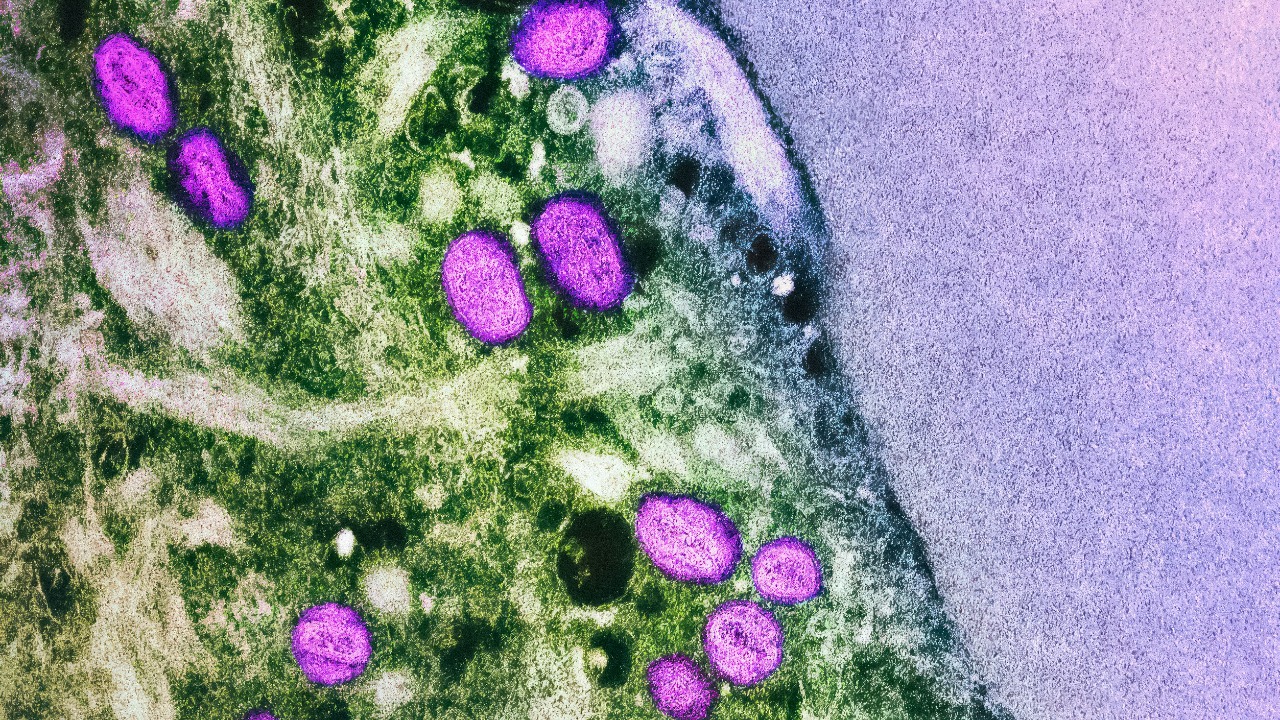
CyDENT represents a revolutionary advancement in genetic modification, facilitating CRISPR-free base editing within mitochondria and chloroplasts. This breakthrough technology heralds a new era in genetic research, offering unprecedented advantages and applications in diverse fields including medicine and agriculture.
Understanding CyDENT Technology
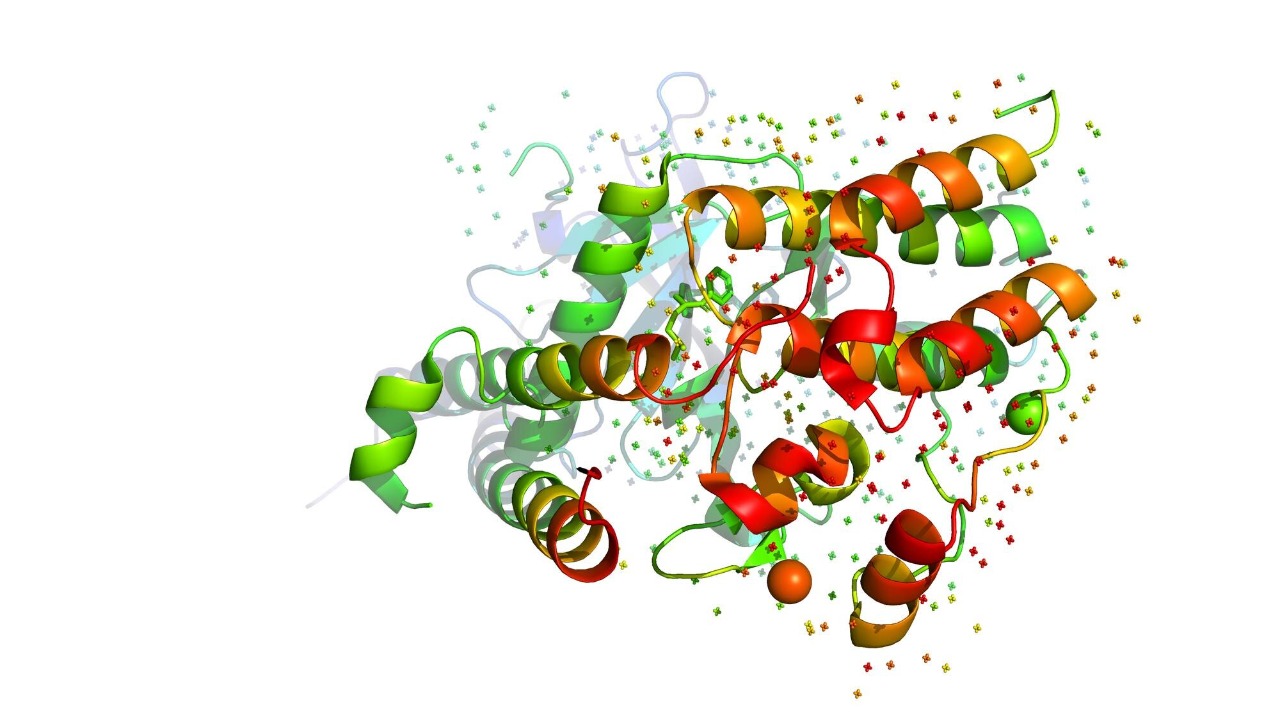
At its core, CyDENT (Cytosine Deaminase for Nucleotide Editing of organelle Transcripts) is a technology that enables precise base editing in mitochondrial and chloroplast genomes without the use of CRISPR. It manipulates the existing genetic machinery of these organelles to induce specific base changes. Unlike CRISPR, which cuts the DNA strand, CyDENT induces changes in the genetic code without breaking the DNA double helix. This mitigates the risk of unintended DNA damage, which is a significant concern with CRISPR.
The science behind base editing in mitochondria and chloroplasts is both intriguing and complex. These organelles have their own unique genetic systems, independent of the nuclear genome. CyDENT leverages this unique genetic environment to perform precise point mutations. This comprehensive study offers an in-depth look at the science behind CyDENT.
The Development and Validation of CyDENT
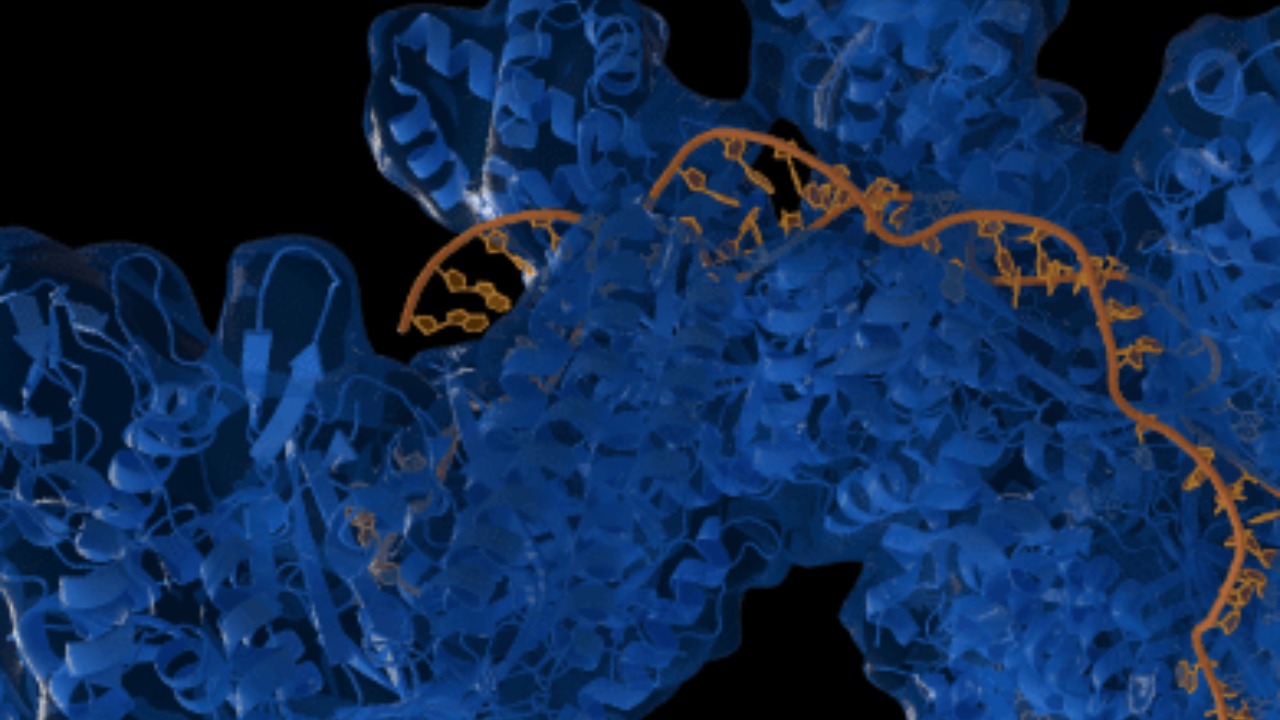
The evolution of CyDENT technology has been a journey of meticulous research and rigorous testing. The original idea was conceived in the lab, followed by a series of experiments designed to validate its efficacy. The results were promising, demonstrating CyDENT’s ability to induce precise base changes in both mitochondria and chloroplasts.
However, the development of CyDENT was not without challenges, as the unique genetic systems of mitochondria and chloroplasts posed several technical obstacles. For instance, the high mutation rate in these organelles made it difficult to achieve stable base changes. Despite these challenges, the successful development of CyDENT marks a significant milestone in genetic research.
Advantages of CyDENT over CRISPR
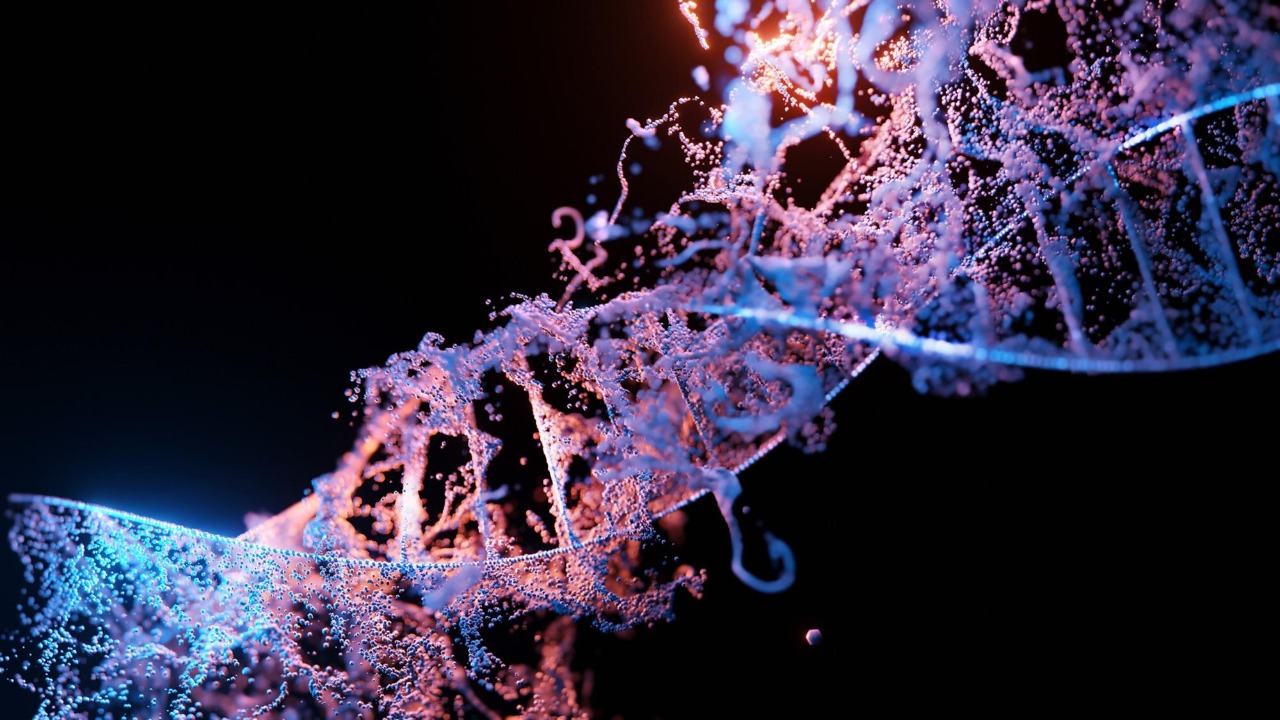
One of the key advantages of CyDENT is its precision. Unlike CRISPR, CyDENT does not cut the DNA strand, thereby reducing the risk of unintended DNA damage. Furthermore, CyDENT allows for precise base editing in mitochondria and chloroplasts, which was not possible with CRISPR. These unique capabilities position CyDENT as a potential game-changer in the field of genetic modification.
Another advantage of CyDENT is its applicability. While CRISPR has been used predominantly for nuclear genome editing, CyDENT opens up new avenues for organelle genome editing. This has significant implications for the study and treatment of mitochondrial diseases, as well as for crop improvement and sustainability. The potential of CyDENT to revolutionize genetic modification cannot be overstated.
Applications of CyDENT in Medicine and Agriculture

The medical implications of CyDENT are far-reaching. Given its ability to edit the mitochondrial genome, CyDENT could be used to treat a host of mitochondrial diseases that were previously deemed untreatable. This represents a significant breakthrough in the field of genetic medicine.
In agriculture, CyDENT offers the promise of improved crop yield and sustainability. By editing the chloroplast genome, CyDENT could potentially enhance photosynthesis, leading to healthier, more productive crops. This article provides an insight into the role of CyDENT in crop improvement. Future applications of CyDENT are expected to extend to other fields as well, marking a new era in biotechnology.
Concerns and Ethical Implications of CyDENT

Despite its many advantages, CyDENT is not without its potential risks and drawbacks. The technology is in its infancy, and further research is needed to understand its long-term safety and efficacy. Additionally, the ethical implications of CyDENT are a matter of ongoing debate. As with any technology that manipulates the genetic code, CyDENT raises important questions about the boundaries of human intervention in nature.
Regulating the use of CyDENT is also a complex issue, as current policies and regulations were designed with traditional genetic modification techniques in mind. As such, there is an urgent need for updated regulations that take into account the unique capabilities and potential risks of CyDENT.
The Future of CyDENT
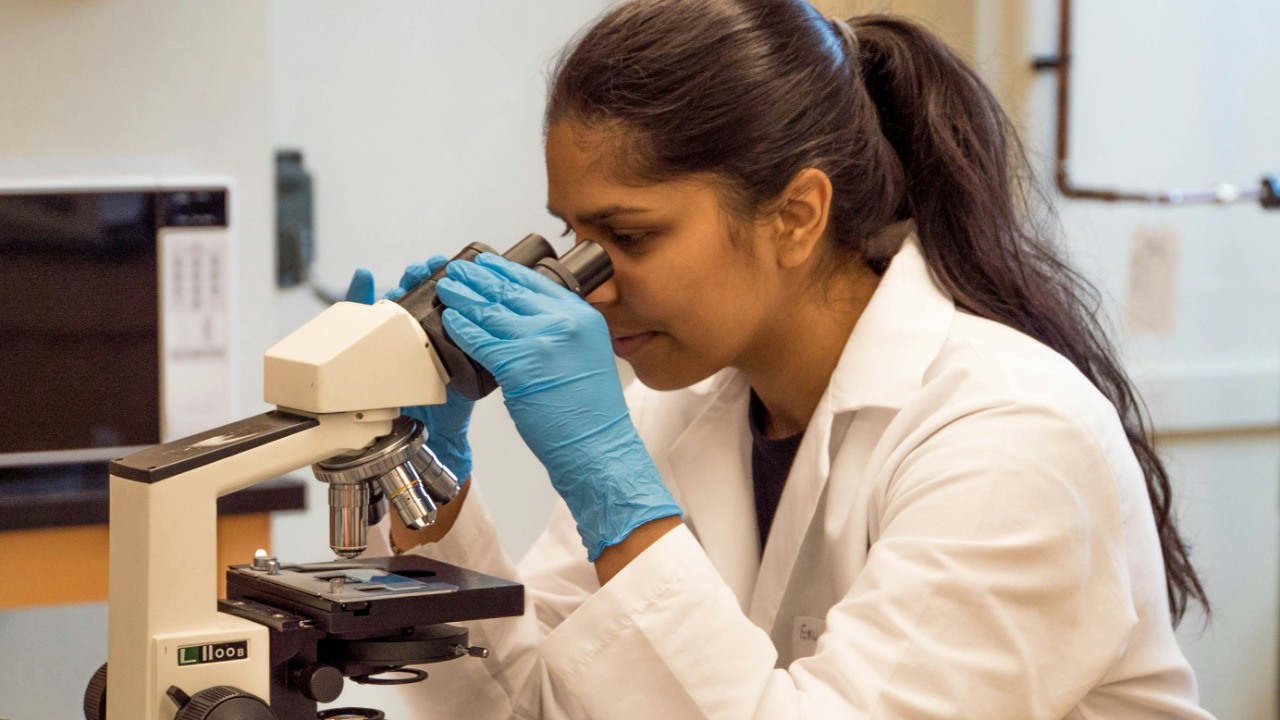
Looking ahead, CyDENT holds considerable promise for the future of genetic research and biotechnology. Its unique capabilities open up new avenues for investigation and application, from the treatment of mitochondrial diseases to the enhancement of crop productivity. Ongoing research and advancements in the field are expected to further refine and expand the use of CyDENT technology.
Moreover, the potential impact of CyDENT on genetic research and biotechnology is profound. This recent study examines the future prospects of CyDENT, offering valuable insights into its potential to revolutionize genetic research. As the field continues to evolve, the importance of CyDENT is likely to grow, marking a new chapter in the history of genetic modification.